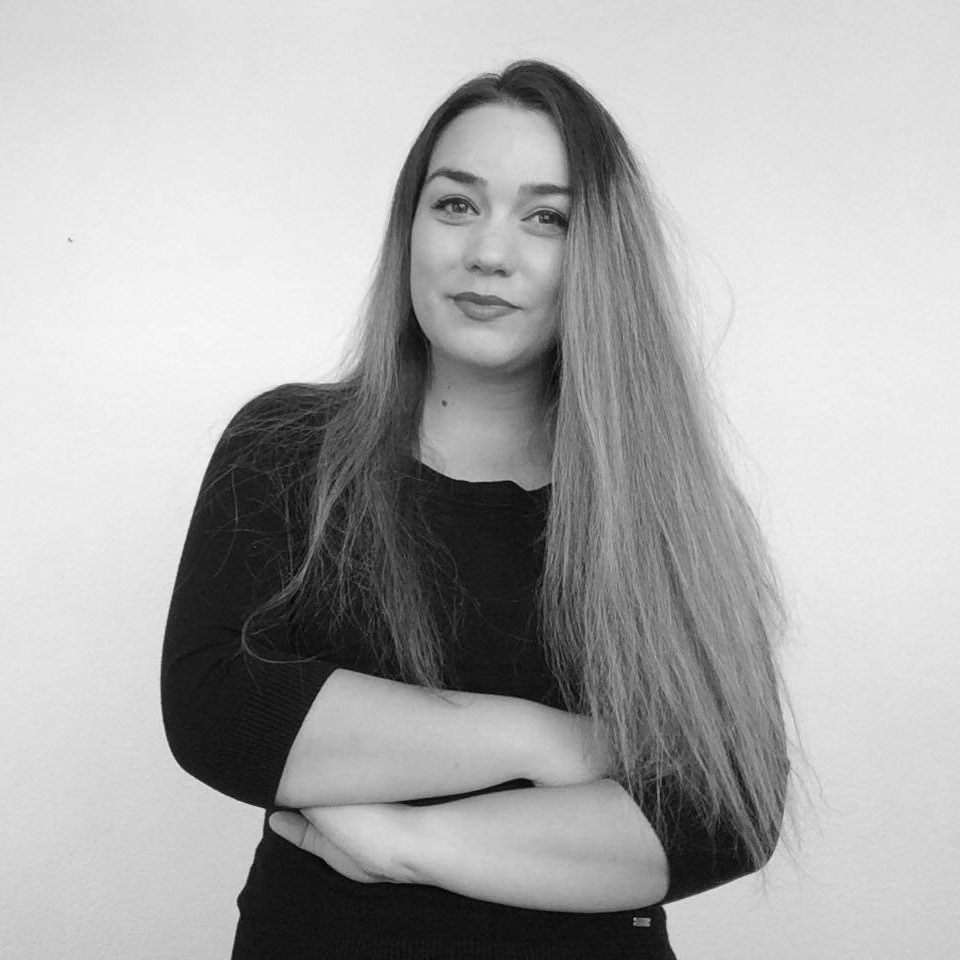Emel Peterci

XXXIV Cycle - (A.A. 2018-2019)
IDAUP
Home Institution: Polis University Tirana
Scholarship (with research contract)
Curriculum: Architecture
Research Topic: Sacred buildings
Tutor DA-UNIFE: Nicola Marzot
Tutor Polis University: Sotir Dhamo
Nationality: Albanian
Email: emel_peterci@universitetipolis.edu.al
Profile
Biography
Experienced Architect and Urban Designer with a demonstrated history of working in the architecture and planning industry. Emel graduated from Polis University of Tirana in Albania, as Master of Science in Architecture and Urban Design in 2014. She has completed her professional master’s degree in Parametric and Architecture Design, from Polis University in 2016. She was trained for a period of three months in Erasmus University in Rotterdam.
Since 2014, Emel is part of Metro_POLIS Associated – Architecture and Planning Studio, dealing with local and private authorities, managing projects in different scale and types. Skilled in compilation and estimation of construction costs. Emel took possession successful in various roles, gaining experience as consultant, design supervision and project management. Lately, Emel works as an assistant lecturer at Polis University, teaching Architecture Studio and Technical Urban Theories. Emel is a licensed Architect and Urban Designer currently registered in the State of Albania.
Research skills
Conceptualization | Reservation| Vizualization | Preservation | Innovation < one word in each space
Scientific activities
ORCID ID:
0000-0003-1719-6903
IRIS UNIFE ID:
rp 48034
Doctoral research
Constants of the Sacred Space in Albanian Architecture. Rules and strategies for interventions with Islamic religious nature in Albania.
For a very long time, Albania it is known to be an Islamic country, as a result of the invasion of the Ottoman Empire, from which we inherited the culture of Islamic architecture, for this reason this research will focus more on Mosques buildings which have reflected the various roles that have played in Muslim Society in addition of their primary function as a place for prayer, including educational, civic, ceremonial and other social purposes. Religious buildings are more than just places for worship; they are community gathering spaces that have a variety form depending on their traditional and environmental context. Theoretically, a lack of research on typology classification of spiritual space of the mosque can be questioned to what extent “contemporary” mosques are relevant for European countries. The assumption now is that the research work can conclude with identifying types of mosques that can promote spiritual spaces never showing the period that have been built, but from the old mosques to get the best experience that man can reach in these great spaces. This writing will deal with highlighting elements that are similar to religious buildings for dominant religions. These elements will be analyzed in more detailed way in the case of mosques, making a study of how these elements have evolved or disappeared over time. The world is coming to globalization, and after a few years we may no longer be able to identify what kind of sacred building is Christian, Muslim or any other cult. But even determining what period of time is becoming day by day more difficult because of the copying of past buildings forms. In response to this critique, this research aims to provide an definition of what contemporary architecture of mosque is, while being inspired by the definition of what contemporary church is.
Keywords
Symbolism | Mosque | Theology | Contemporary | Religion

